
Public Health
Advertisement
The new test is less invasive than previous testing options and will increase accessibility of Alzheimer's disease diagnosis.
We need mandatory, independent investigations into every unexpected death in a group home.
These talks could represent a significant step toward modernizing regulatory science.
Hurricane Maria's impact led to delays in care and uncertainty for patients with cancer in Puerto Rico.
"It arises from an ageist assumption of frailty, incompetence, and dependence."
The urban transition is even more pronounced in the United States, where 83.3% of Americans lived in urban areas as of 2023
Patients with LIS subsidies were less likely to receive any systemic therapy compared with patients not receiving subsidies.
Should the FDA educate the public about its GRAS loophole?
Dr. Gregg Sylvester talks to Urban Health Today about flu trends and why this year’s flu season is particularly serious.
A study reveals that warming temperatures and rising CO₂ levels are causing rice plants to absorb more arsenic from soil.
This work represents an important step forward in understanding the complex relationship between socioeconomic status
Addressing housing stability alone may not be enough to improve diabetes outcomes.
The lab discovered that human brains from 2024 samples contained nearly 50 percent more microplastics than samples from 2016.
The confusion on Medicaid status may be related to state-specific branding or private insurance company involvement.
New import tariffs have raised concerns across the healthcare industry, with potential disruptions to critical supply chains.
Public health efforts are needed to raise awareness of early allergen introduction guidelines.
Dr. Ashley Williams and Ro Patrick Discuss the Ad Council's Youth Gun Violence Prevention Initiative
Dr. Ashley Williams and Ro Patrick Discuss the Ad Council's first-of-its-kind youth gun violence prevention initiative.Shingles vaccination was associated with a 20% reduction in risk of dementia in the 7 years after inoculation.
The authors conclude that chewing gum may constitute a direct pathway for microplastics into the human body
Dr. Gregg Sylvester talks flu vaccination and explains why experts call this year’s flu season "one of the worst in ...
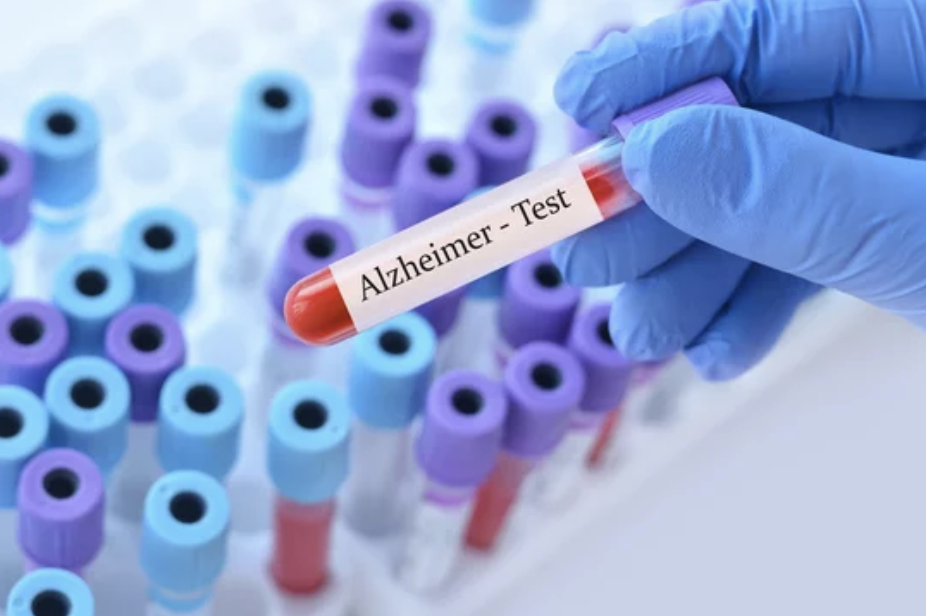


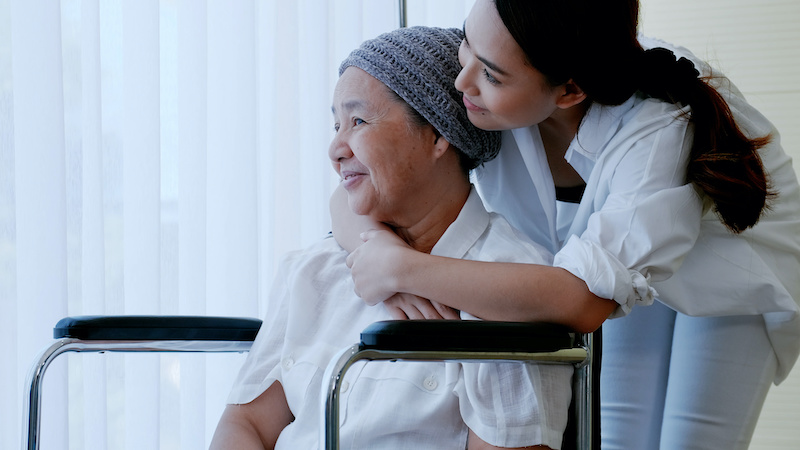







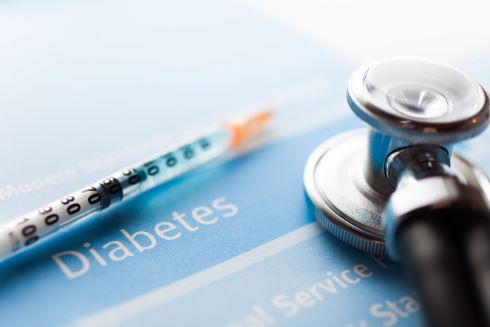


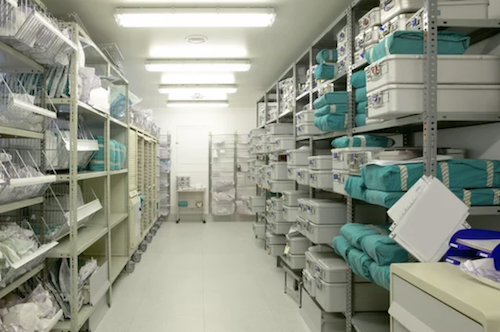


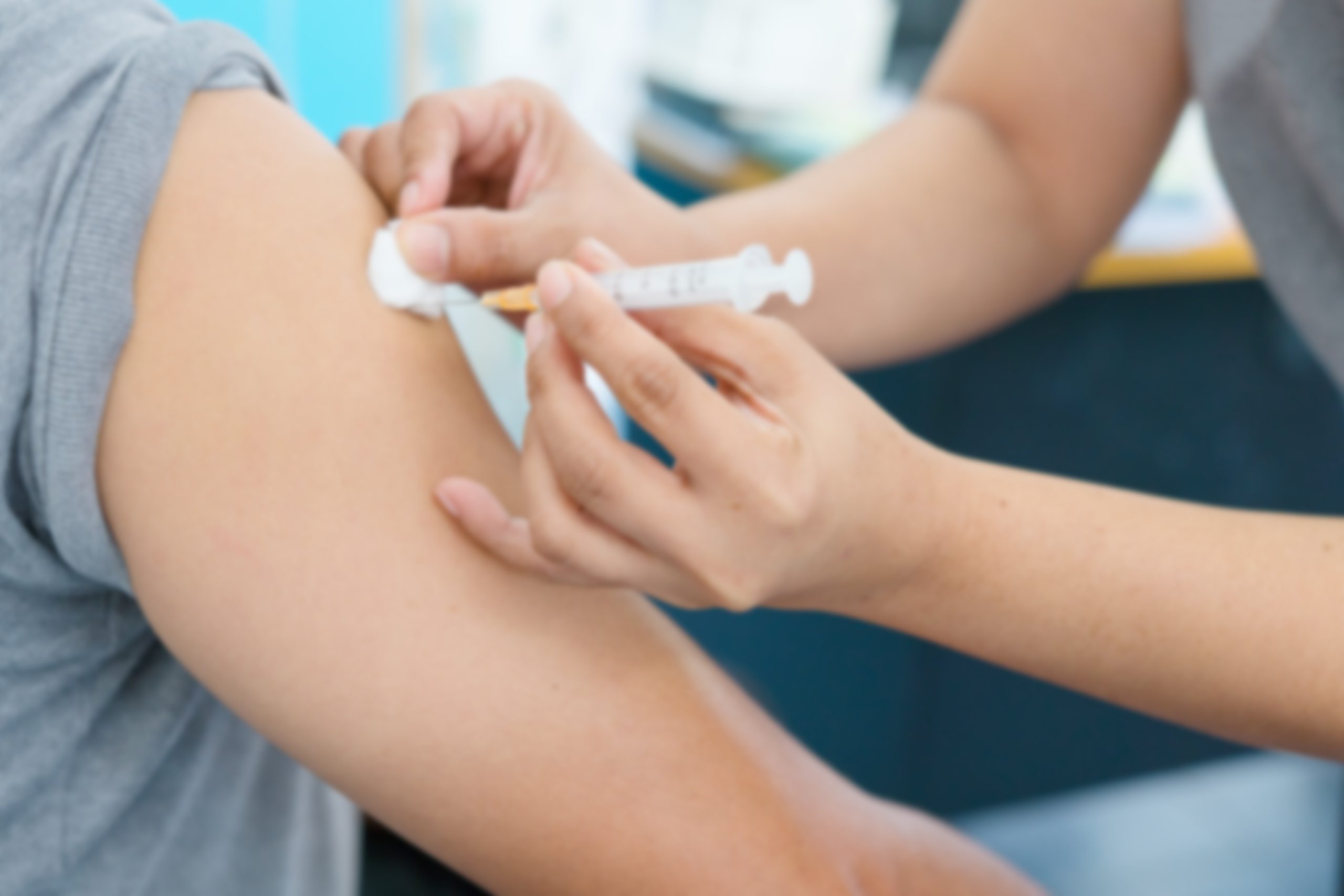



 © 2025 Mashup Media, LLC, a Formedics Property. All Rights Reserved.
© 2025 Mashup Media, LLC, a Formedics Property. All Rights Reserved.